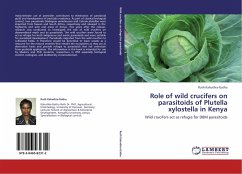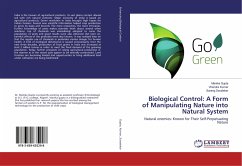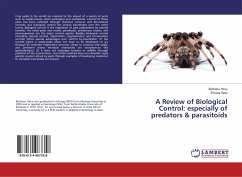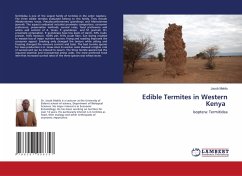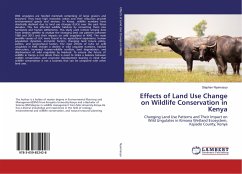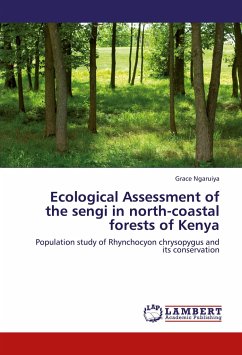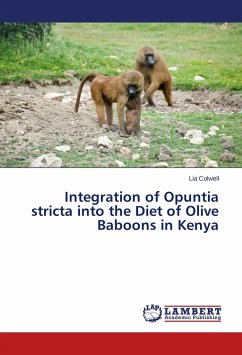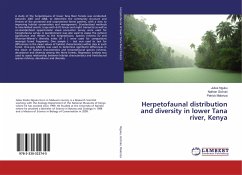Indiscriminate use of pesticides contributes to elimination of parasitoid guild and development of pesticide resistance. As part of classical biological control, two parasitoids Diadegma semiclausum and Cotesia plutellae were imported from Taiwan and South Africa, respectively and released in the highlands and semi arid areas of Kenya. Two years after the release, research was conducted to investigate the role of wild crucifers on diamondback moth and its parasitoids. The wild crucifers were found to act as refugia for both indigenous and exotic parasitoids and were suitable for parasitoid development. Parasitoids migrated from the wild crucifers to cultivated fields. It therefore would be beneficial to leave weeds as a resource for the natural enemies that inhabit the ecosystems as they act as alternative hosts and provide refugia to parasitoids that risk extinction from pesticide application. The information in this book is intended for use by Masters and PhD students, researchers in IPM especially biological control, ecologists, and biodiversity conservationists.
Bitte wählen Sie Ihr Anliegen aus.
Rechnungen
Retourenschein anfordern
Bestellstatus
Storno

